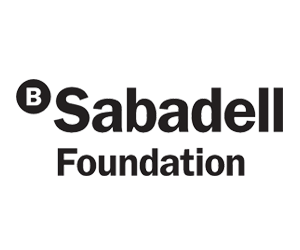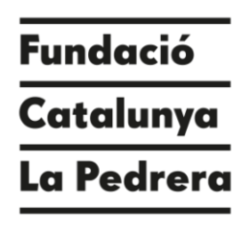José López Carrascosa
Centro Nacional de Biotecnologia, CSIC, Spain

Centro Nacional de Biotecnologia, CSIC, Spain
Title: Advances in Cryo-TEM for Life Sciences
Transmission electron microscopy (TEM) produces two-dimensional projection images of specimens provided they can sustain vacuum environment and the electron interaction. When dealing with biological materials, these two factors have obliged to use elaborated sample preparation methods to retrieve structural information by TEM. In the last years, three main factors have emerged which have improved TEM applications in Biomedicine: the use of low temperature to acquire data from fast frozen samples, the incorporation of direct electron detectors, and the implementation of robust and sophisticated image processing methods. These improvements have resulted in a technical revolution which has positioned cryo-TEM as a method of choice for Structural Biology.
Application of Cryo-TEM for the structural analysis of macromolecular complexes has several advantages: it requires small amounts of sample, it does not demand full purification (as it allows in silico selection of specimens), and provides the way to address the study of different conformational states of a particular macromolecular complex. Depending on the sample, present technology allows for a wide range of complex sizes to be solved at atomic resolution, from several MDa to less than 0.1 MDa, being this lower size where the attainable resolution is more compromised.
The other main area of cryo-TEM development is Cellular Structural Biology, where there is a demand for detailed structural and functional descriptions of the different cellular components which must be correlated with a topological 3D map of these components at the cellular level. Here, the main problem is imposed by the limited penetration of electrons in biomaterials (around 500 nm). In this case, production of sections is a requirement that has been traditionally fulfilled by different approaches (plastic embedding, cryosectioning). The recent incorporation of sample milling by ion beams to produce frozen lamellas has allowed to apply cryo-TEM tomographic methods to retrieve three-dimensional reconstructions of cellular environments up to 1-3 nm resolution.

I am a Research Professor at the Department of Structure of Macromolecules at the CNB, CSIC and the Head of the group of Structure of Macromolecular Complexes.
The activity of the group aims to extend the use of improved methods in three-dimensional cryo-electron microscopy (3D-cryo-EM) in two main directions: towards reaching subnanometer-to-atomic resolution and towards analysis of the subcellular domain by combining new tomography methods, including soft X-ray tomography. Our scientific activity has been reflected into 270 publications with more than 7,300 citations and an H index of 48. Supervisor of 25 PhD theses.
Besides this research activity I have served in different science related activities, as President of the European Microscopy Society (2000-2004), member of the Executive Committee of IFSM (International Federation of Societies for Microscopy, 2010-2018) and EBSA (European Biophysical Societies Association, 2007-2017, and member of the Science Advisory Committee of the European Synchrotron Radiation Facility (ESRF) (2003-2008), among others. Director of the National Center of Biotechnology (CNB, 1990-1992), Director of the Department of Structure of Macromolecules at the CNB (1993-2015), and President of the Spanish Society of Microscopy (2014-2017), the Spanish Biophysical Society (2003-2007) and the Spanish Society for Cell Biology (1993-1996.





